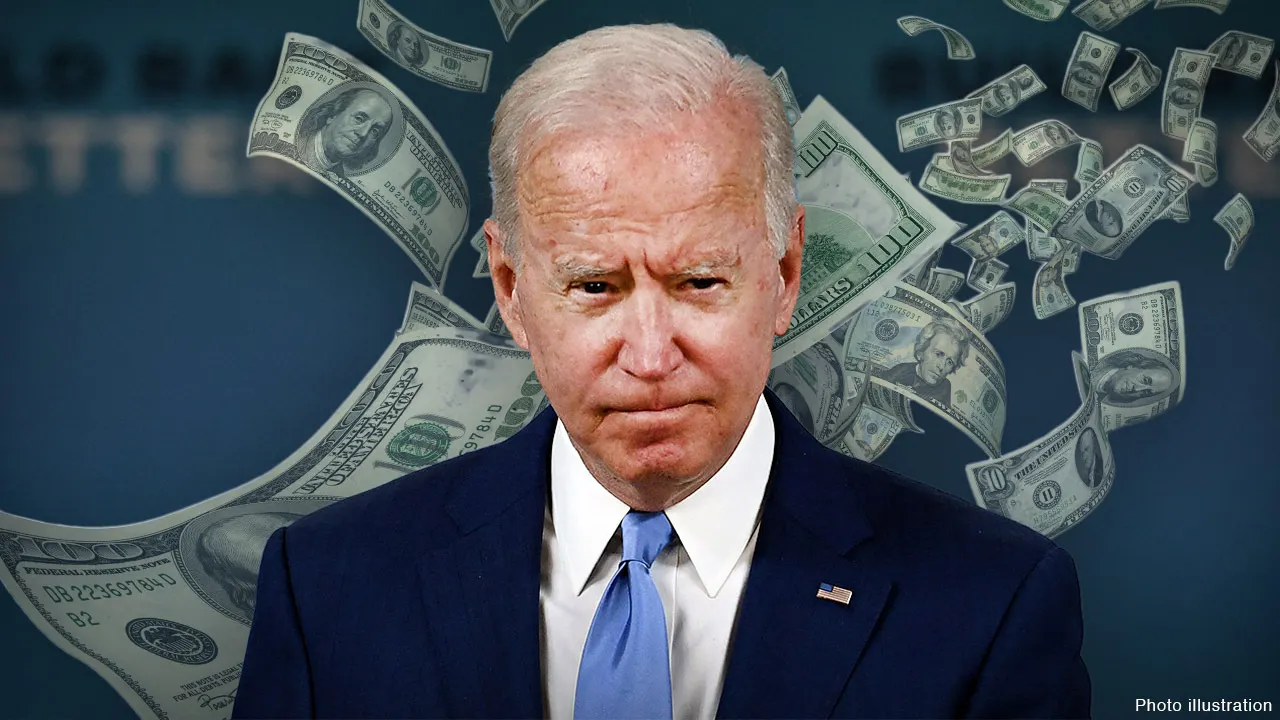Explore how U.S. investment policies shape financial markets, economic growth, and business strategies, offering both opportunities and challenges for investors
U.S. Investment Policies: Key Trends and Effects on Markets
Investment policies in the U.S. are integral to shaping the economic landscape, guiding the flow of capital, and creating opportunities across industries. As global investors, businesses, and policymakers closely monitor these policies, understanding their influence becomes crucial for making informed financial decisions. This article delves into the key aspects of U.S. investment policies, their implications for businesses and investors, and how they contribute to economic development.
1. The Importance of U.S. Investment Policies
U.S. investment policies are designed to encourage capital inflows into various sectors of the economy, ensuring long-term growth, stability, and innovation. These policies create favorable conditions for businesses to thrive, attract foreign investments, and facilitate the development of key industries such as technology, healthcare, and renewable energy.
2. Key U.S. Investment Policies
Several policy areas directly impact investment strategies:
Tax Policies
U.S. tax policies play a significant role in shaping investment decisions. The government's tax incentives or tax burdens can either encourage or discourage investments in various sectors. Key tax policy areas include:
- Corporate Tax Rates: Lower corporate tax rates often incentivize businesses to invest more, expand operations, and increase hiring.
- Capital Gains Taxes: Adjustments in capital gains tax rates affect how investors approach stock trading, real estate, and other asset classes.
- Investment Credits and Deductions: Incentives for investment in specific industries, such as renewable energy or research and development, can drive growth in those sectors.
Monetary Policies
The Federal Reserve’s policies on interest rates, inflation control, and money supply influence the availability of capital for businesses and consumers.
- Interest Rates: Lower interest rates encourage borrowing and investing, while higher rates may curb economic expansion but reduce inflationary pressure.
- Quantitative Easing and Liquidity: Programs to inject liquidity into the economy can stimulate investment in both domestic and foreign markets.
Trade Policies
Trade agreements and tariffs directly affect international investments and the competitiveness of U.S. businesses.
- Tariffs and Import Restrictions: Changes in trade policies impact supply chains and the profitability of businesses that depend on international markets.
- Foreign Direct Investment (FDI): Policies encouraging or discouraging FDI can influence global companies’ decisions to invest in U.S. industries.
Environmental and Sustainability Policies
As sustainability becomes a priority, policies targeting green energy and eco-friendly businesses are shaping investment decisions.
- ESG Regulations: Environmental, social, and governance (ESG) policies push companies to meet certain ethical standards, creating new investment opportunities in clean energy, electric vehicles, and green technologies.
- Government Incentives for Green Investments: Tax credits and grants for investing in renewable energy and sustainable practices are drawing both domestic and international capital to these sectors.
Financial Regulations and Securities Laws
The U.S. Securities and Exchange Commission (SEC) and other regulatory bodies ensure market integrity, transparency, and investor protection.
- SEC Oversight: Regulations governing financial reporting, corporate governance, and insider trading ensure a level playing field for investors.
- Cryptocurrency Regulation: As digital currencies grow, new regulations are emerging to protect investors and businesses.
3. The Impact of U.S. Investment Policies on Markets
U.S. investment policies have a profound effect on financial markets, influencing investor behavior, stock market performance, and the flow of capital into various sectors.
- Equity Markets: Tax cuts, reduced regulations, and trade agreements often lead to bullish trends in the stock market, while tax increases or tariff disputes can lead to market uncertainty.
- Real Estate: Investment policies related to mortgages, taxes on property ownership, and urban development affect the real estate market’s stability.
- Venture Capital: Policies supporting startups, especially in sectors like tech, biotech, and renewable energy, encourage innovation and lead to increased venture capital investments.
4. The Risks and Challenges of Investment Policies
While investment policies provide significant opportunities, they also introduce risks:
- Regulatory Uncertainty: Sudden changes in tax or trade policies can create market volatility, affecting investor confidence.
- Interest Rate Risks: Shifting interest rates can impact the cost of borrowing and the valuation of investments, especially in real estate and bonds.
- Global Competition: As foreign markets become more competitive, U.S. investment policies must adapt to ensure that businesses can remain competitive on a global scale.
5. Navigating the Changing Investment Landscape
Investors must remain agile and informed, continuously adapting their strategies to align with evolving U.S. investment policies. Key strategies include:
- Diversification: Spreading investments across different sectors, asset classes, and geographies can reduce risks tied to domestic policy changes.
- Sustainability Focus: Prioritizing investments in green technologies, clean energy, and socially responsible companies aligns with both market trends and regulatory changes.
- Long-term Perspective: Understanding the long-term effects of policy changes on economic growth can help investors make more strategic, future-proof decisions















